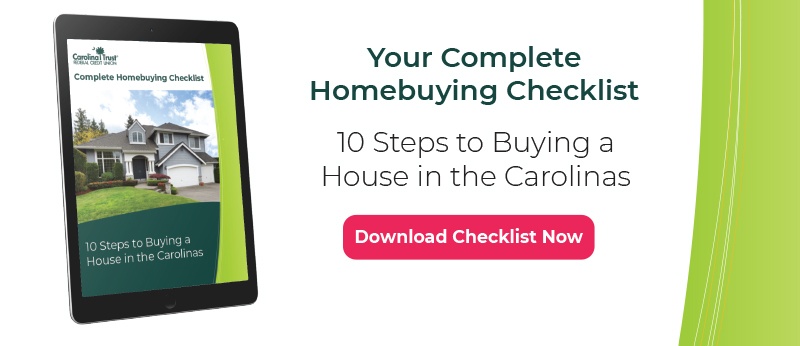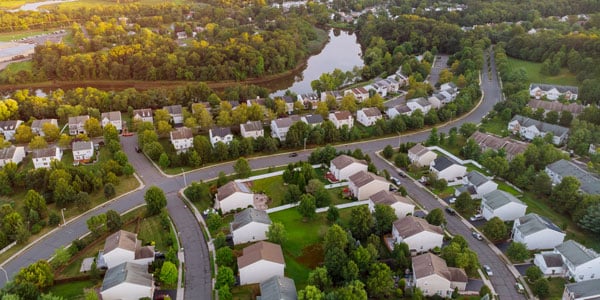Finding and buying your first home is one of life’s adventures. For first time home buyers, a first home is an excellent financial investment that offers an empty canvas of possibility. Yet what many forget with their first home purchase is that your home, unless it is in the middle of the country, also comes with a neighborhood. As you shop for your first home, you are also shopping for your first neighborhood, and you need to consider the location carefully.
Here are some considerations that can help you choose the right neighborhood when you are buying your first home.
1. Consider Your Style When Buying Your First Home
The right neighborhood for you will have a personality that matches your style. Do you like activity and noise or peace and quiet? Some people thrive in a vibrant, busy, active area, while others prefer their home environment to be calmer. Also, consider the architectural style that most appeals to you. Would you be more comfortable in an older or historic neighborhood, or are you drawn to a newly built home style?
2. Decide Your Most Important Features in a Home
Next, decide what features are most important to you. Do you want to live close to parks? Do you need or want to be able to walk to the store? Would you prefer to live closer to your work or school, or can you handle a commute?
If you plan to use public transportation, determine if you need to live close to the bus or train stop. Make a list, then prioritize it in case you cannot find the perfect neighborhood.
3. Research Crime Rates When Buying Your First Home
Because of the Fair Housing Act passed in the 1960s, real estate agents have to be careful how much personal opinion they share with their clients, but that doesn’t mean you cannot find information about crime rates for a neighborhood. Head online to research crime rates in any neighborhood you are considering.
 4. Visit the Neighborhoods You Are Considering
4. Visit the Neighborhoods You Are Considering
Once you have narrowed down your options to a few neighborhoods, drive through them at different times of the day, not just when you tour a home. Look for signs of vandalism or high theft risk, such as bars on windows or “Beware of Dogs” signs throughout. See what the vibe of the neighborhood is during the day as well as after most people have returned home for the night.
5. When Buying Your First Home, Consider Future Needs
When buying your first home, you are likely thinking about your current needs primarily, but you should think about your future needs as well.
For example, if you do not currently have children, but are considering starting a family someday, you will want a neighborhood with quality schools and parks to enjoy. If you are currently a student, but will eventually be moving into your career, a location close to potential employers may be more helpful than a location close to school.
6. Look up Property Taxes
Property taxes will vary from one city to the next, so if your home shopping radius includes multiple municipalities, this is a consideration to add to your list. If the taxes are much lower in one area than another, you will save substantially by choosing the more affordable neighborhood.
7. Talk to Residents
If you can visit the neighborhood on a day when many people are out and about, such as on a weekend when people are doing yard work, strike up a conversation. People who love their neighborhood are happy to talk about it, especially to friendly potential new neighbors. People who feel their neighborhood is unsafe will be glad to warn people about potential problems. This type of first-hand account will help you finalize your decision.
Buying your first home also means “buying” its neighborhood. You need to find a community that is a good fit for your tastes and your needs. Take the time to do this research, and soon you will settle on a neighborhood that fits you well.
If you are ready to begin the process of buying your first home, contact Carolina Trust’s Mortgage Team to start your mortgage pre-approval so you can house hunt with confidence.





